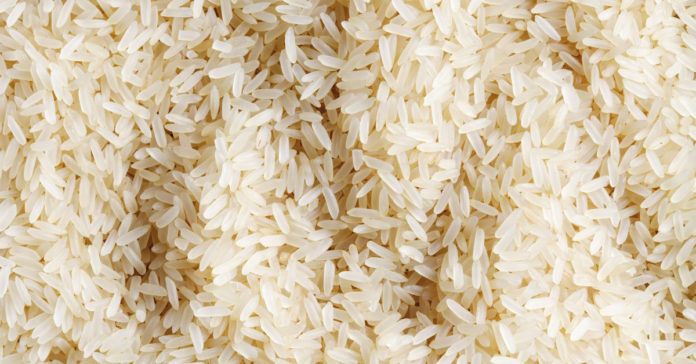The government of Kenya have announced plans to boost rice production in Kisumu and Busia counties.
Dr Mary Mutembei, the Head of Rice Promotion Programme in the Ministry of Agriculture made the announcement and said the Ministry and the National Irrigation Authority (NIA) have teamed up in a new strategy to boost the production.
According to him Mwea Irrigation Scheme has been producing rice for a long time and is exhausted in terms of space. Dr Mutembei said the ministry is currently looking for other areas to plant the crop, and customising improved production technologies that have been tried in Mwea.
Milling sector
“The variety grown in the region is not popular with local market but farmers are quickly picking up new varieties. We are currently in Ahero. We have invited the private sector also to bring in hybrid rice in this region and the rest of the country. We also have new varieties developed by KALRO in collaboration with the international rice research institute,” said Dr Mutembei.
“We have seen great investments in the milling sector which was a big challenge in this region. We did not have good milling facilities and as a result, we produced very poor quality rice which could not compete with imported varieties,” she said. “With the private sector coming in to invest in milling facilities and also to mechanise rice production practices, we can see a bright future for the right value chain for this region,” she added.
Joel Tanui, the Nyanza Regional Coordinator for NIA said the organisation is in contact with the crop protection unit and the county government to start a program next month of reducing the bird population in the rice-growing belt. Mr Tanui said the program is to ensure that during the peak harvest season, the number of birds is low.
“We scout for brooding sites of the birds and estimate the population then chemically reduce them in terms of numbers. We have another program with the county government of Kisumu to reduce the bird population but targeting the species that is feeding on the rice,” he said.
Mr Tanui explained that for the past two years, a programme with farmers and research institutions had been implemented to introduce new rice varieties to farmers.
“For example, a farmer who used to get 25 bags per acre is now getting 45 bags per acre, which is double what they initially got and that has been a very big boost in rice production in this region,” he said.
Mr Tanui further noted that the irrigation board is in touch with the Kenya National Trade Corporation (KNTC) to ensure that locally-produced rice gets market.








